Up Next

This situation regarding the Mercedes Formula 1 drivers swapping chassis between the Azerbaijan and French Grands Prix still confuses me.
While the team has repeatedly said that it was part of the planned rotation of the chassis, the explanation that the swap was to allow them to run equal mileage is a strange one. After all, Mercedes presumably goes to every race intending both cars to finish the race and therefore do more or less the same mileage.
Lewis Hamilton took over chassis four, which after Paul Ricard now has around 5810 race-weekend kilometres on it (so pre-season testing not included). Valtteri Bottas had used this chassis since his Imola crash in chassis five.
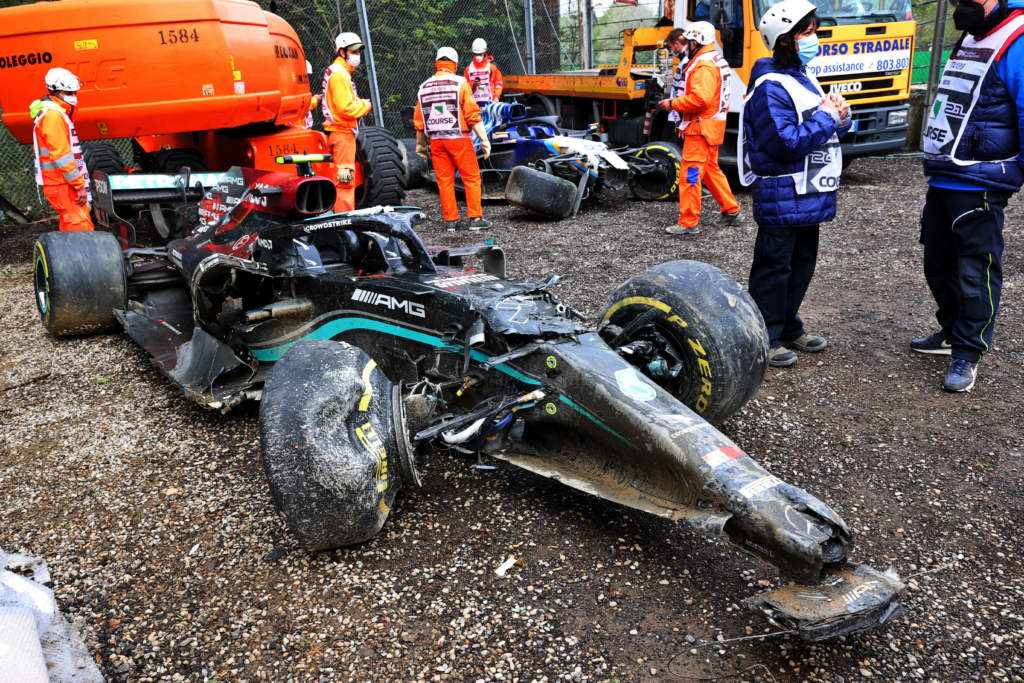
Bottas took over chassis six, which now has 7462 race-weekend kilometres on it. Hamilton had used from the start of the season.
Chassis five has 2425 race-weekend kilometres on it so the lowest of them all. If it has been fixed correctly I wouldn’t be surprised to see Bottas get back in that chassis for Silverstone next month.
It’s true that chassis are treated as interchangeable components, and both drivers had raced the monocoques they are now using last year, but to make a direct swap from one race to another is unusual. Even former Mercedes driver Nico Rosberg thought it was strange.
“Did the chassis change affect the cars in any way? The answer to that is no,” said Mercedes trackside engineering director Andrew Shovlin last weekend in France.
“As you could see by Lewis’s confidence in the car that he had on Saturday. It’s quite normal for us to swap chassis between drivers.
“They don’t drive the same car all year and the chassis themselves are components that are very strong, very precisely made and it’s very, very rare that that would introduce any kind of issue.”
That’s all true and the chassis that Bottas struggled with in Baku seemed to serve Hamilton well at Paul Ricard. And given the carryover cars and the desire to avoid spending too much on new chassis because of the cost cap it makes sense that the mileage put on the chassis is managed. But this still doesn’t fully explain the swap itself.
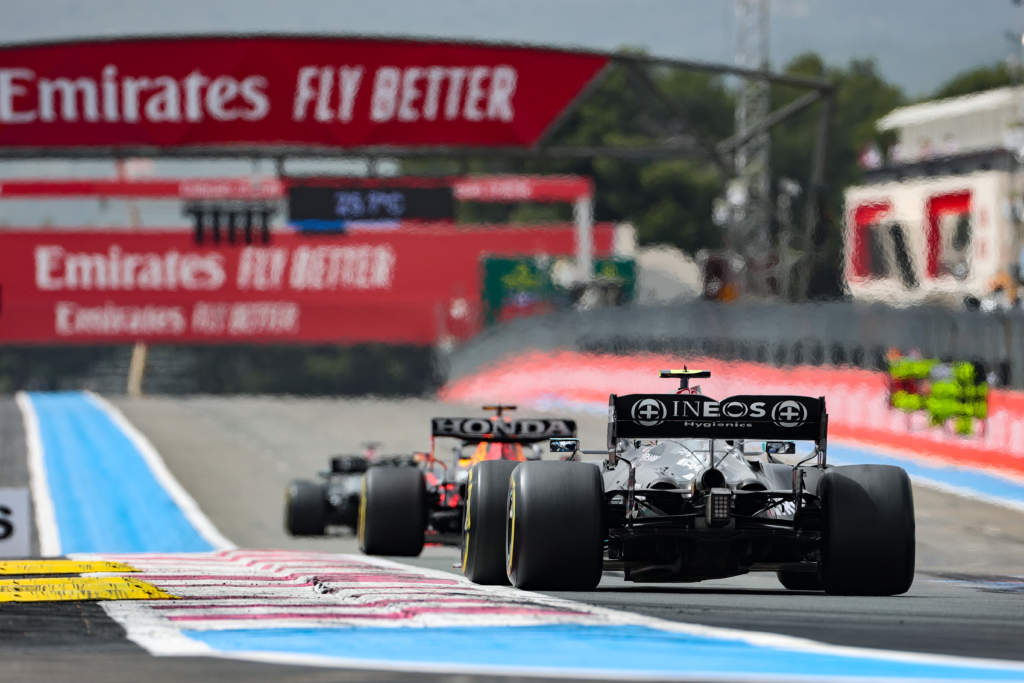
As I suggested above, there is a plan to bring back chassis five after its repair and if that is intended for Bottas given he crashed it, perhaps chassis six is the one that’s due to be parked. But if so, why not make the chassis swap at that point rather than earlier in the season to get things aligned?
If a chassis is damaged or suspected of having a problem, the norm would be to either replace it with a new one if that was available or replace it with a pre-used one that will have been thoroughly inspected and any problems rectified, but not to swap with your team mate.
Whatever the reason, and we will probably never find out the full story, it’s still worth delving into some of the reasons why a Formula 1 chassis might not feel like it’s performing as it should be.
The chassis, sometimes called the survival cell, is the main structure of the car. It, together with the engine-to-chassis interface, the engine, the engine-to-gearbox interface and the gearbox housing are the items that transfer the torsional loads between the front and rear axle.
The torsional stiffness, the lateral bending and the vertical bending of every chassis should be tested when new and at regular intervals – or as a minimum if they have had a tough time of it.
From these tests, you will get a log of how the chassis is holding up. Everyone and everything gets older and sags a little bit more with time and use, but you can’t afford too much of this with a chassis – or worse still, a lot, very quickly could be alarming.
If any of these components are not stiff enough, you can change springs/torsion bars and roll bars on either end of the car until you have used up everything in the truck but the driver will not feel the changes they think they should.
However, worse than that is if the chassis gets damaged mid-season then these changes, which used to have a big effect, suddenly don’t anymore so that is even more confusing.
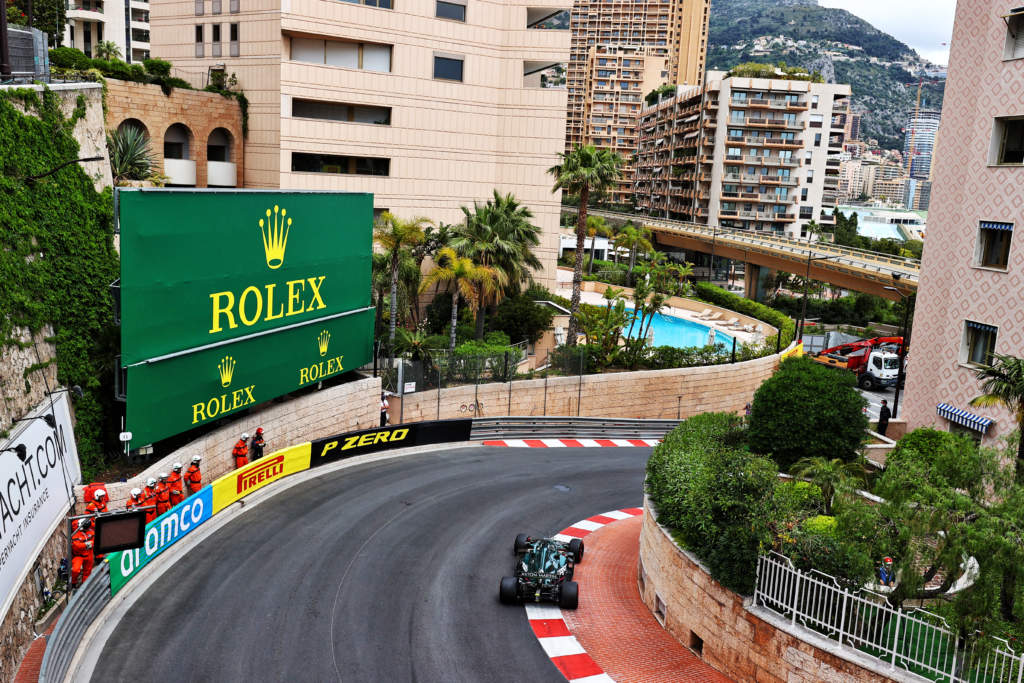
The chassis stiffness is actually more critical for slow speed tracks or at least tracks with a majority of slow corners like Monaco, Hungary, Singapore and Baku. That is because mechanical grip is a bigger percentage of how you get the car balanced there.
If the track has nice big fast sweeping corners like Silverstone, Suzuka, Austin or Spa then aerodynamics overcome most of the problems that a weaker chassis might generate. Don’t get me wrong the chassis stiffness is important at all tracks, it’s just that aerodynamics become the prime mover at faster ones.
The drivers can’t treat the cars with kid gloves. We often see them being abused over the kerbs or having very violent off track excursions. If you hit the chassis very hard on the ground where the front of the underfloor starts, it is very easy to crack the chassis. Depending on the size of that crack, it can easily affect the stiffness of the chassis.
If the chassis suffers some small areas of damage the normal fix will be to inject that area with a resin which basically makes that area solid. If it is a bigger hit like Bottas’s chassis at Imola the team may have had to cut some small sections out of it, make some new sub components and bond them in place with an overlap joint. Lots of things are possible and I have had to come up with solutions on many occasions.
The most critical area is the interface between the chassis and engine. The inserts that hold the mounting studs are bonded in when the chassis is manufactured, so if one gets a hit and comes loose it is quite difficult to find. And as the loads are very high in this area, quite difficult to repair.
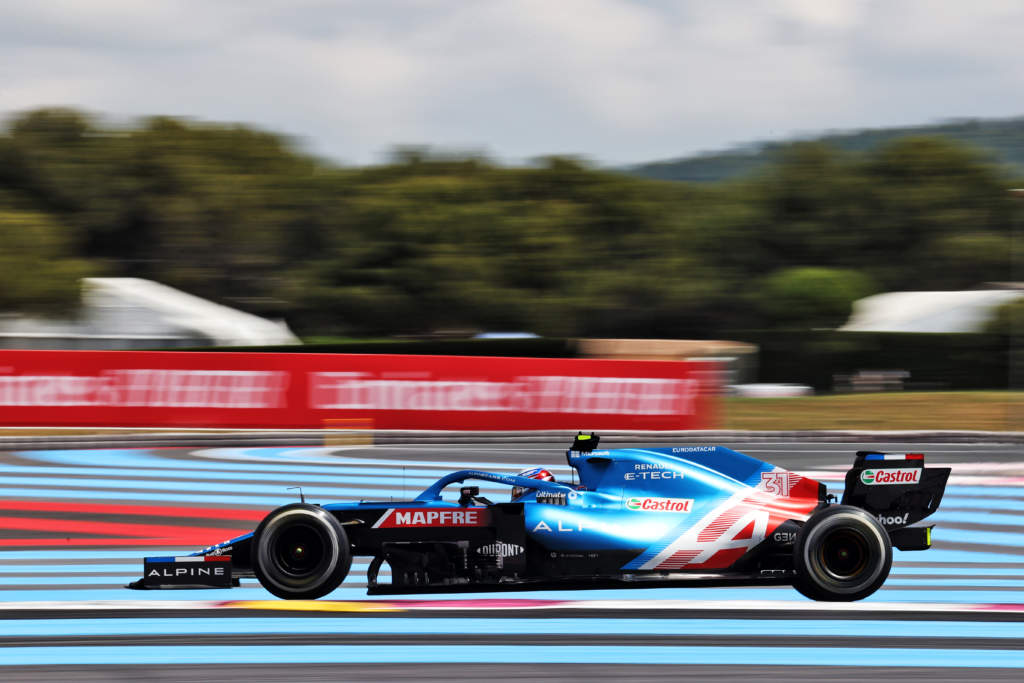
The front suspension mounts also get quite a hammering, so if any of them come loose and allow a little movement then again the chassis will not feel the same as it did. Normally these can be repaired but might need a new insert fitted into the chassis.
I haven’t gone into detail about the gearbox-to-engine interfaces and the reason for this is that they are visually more accessible. Every time the gearbox is taken off the car, you can see if there is any movement between the two clamping surfaces. Also, the feeling when loosening or tightening the studs between the two is always a good indicator of any movement.
As for the rear suspension, if a team has a carbon gearbox casing then the same problems can occur with the suspension pick-up point inserts as with the chassis.
The chassis, engine and gearbox shell are the components that transfer the torsional loads from the front to the rear axle, so you can think of them as a big spring. If that spring retains its stiffness for every race then you can get on top of the set-up.
It might need to be stiffer and it would make optimising the set-up just that little bit easier, but if the stiffness has changed since the last race then it can very quickly lead to confusion when nothing that you have tried in the past works.
The longer these units are, the stiffer they need to be to transfer the same loads. If they are longer than someone else’s, then it becomes just that little bit more critical that they stay consistent stiffness-wise. If they are longer, then to get the same stiffness they will need to be heavier.
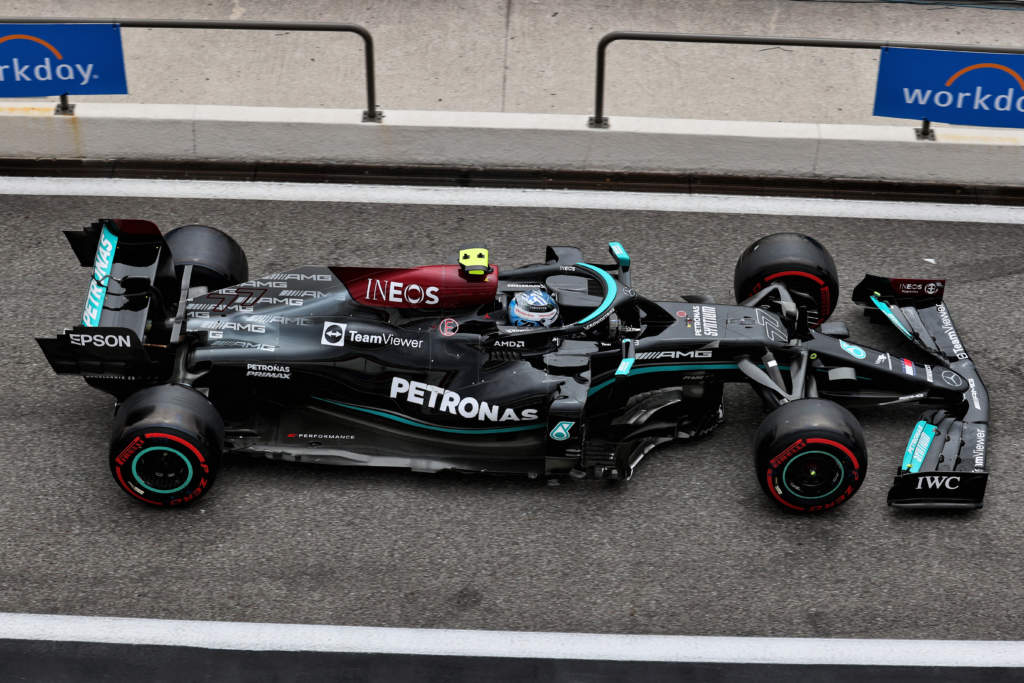
As we know, the Mercedes is one of the longest wheelbase cars in the pitlane and if it has a chassis stiffness problem then it will be a bigger issue than for someone with a shorter-wheelbase car.
None of that or indeed the ‘Toto talk’ helps me understand what Mercedes did or said about what it did for Paul Ricard. Perhaps it will all unfold over time if we see a brand new chassis introduced soon for one of the drivers, or chassis five coming back for Bottas.
If it’s a new one, I wonder who that would be for?







